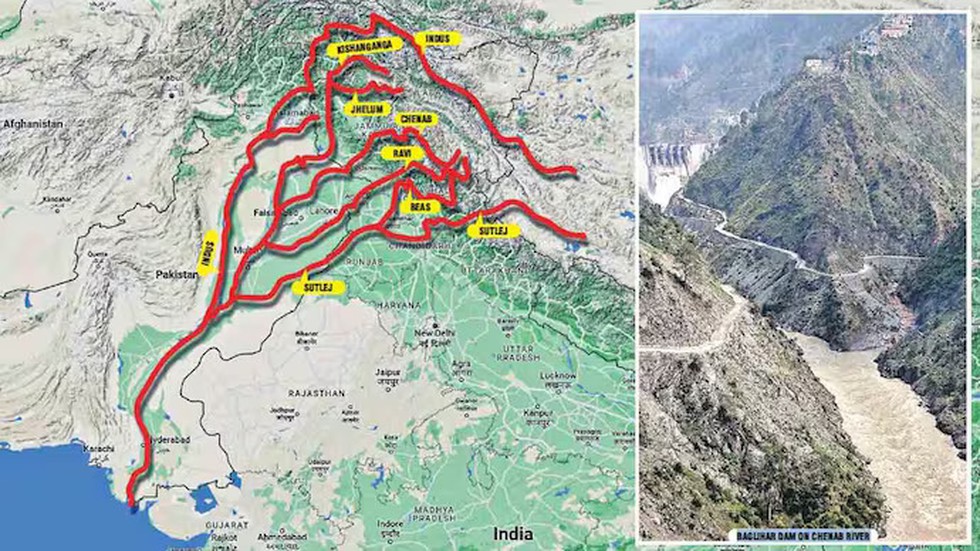
Indus Water Treaty

25.04.2025
Indus Water Treaty
|
For Prelims: About Indus Water Treaty |
Why in the news?
Recently, India suspended the Indus Water Treaty (IWT) following a deadly militant attack in Pahalgam, Kashmir, which killed 26 civilians.
About Indus Water Treaty
- The Indus Waters Treaty was signed between India and Pakistan on September 19, 1960, with the World Bank acting as a mediator.
- The treaty was designed to ensure cooperation and information-sharing between the two countries regarding water use from the Indus River system, which includes six rivers: Indus, Jhelum, Chenab, Ravi, Beas, and Sutlej.
- The treaty allocated the three western rivers—Indus, Jhelum, and Chenab—to Pakistan for unrestricted use, while India retained the three eastern rivers—Ravi, Beas, and Sutlej—for its exclusive use.
- India was allowed limited, non-consumptive uses of the western rivers for domestic, agricultural, and hydroelectric purposes, under strict conditions.
- This arrangement meant that around 80% of the total water volume was granted to Pakistan, while India received the remaining 20%.
- To manage the treaty’s implementation, both nations agreed to establish a Permanent Indus Commission (PIC), which is required to meet annually to discuss technical matters and facilitate data exchange.
Source: Indian Express
With reference the Indus Water Treaty Consider the following statements:
1.The treaty allocated the three western rivers of the Indus River System to Pakistan for unrestricted usage.
2.The treaty allows India to build run of the river hydropower projects on the western rivers allocated to Pakistan.
3.Both countries can approach the United Nations in case of issue arising out of the treaty.
How many of the statements given above are correct?
A.Only one
B.Only two
C.All three
D.None
Answer B